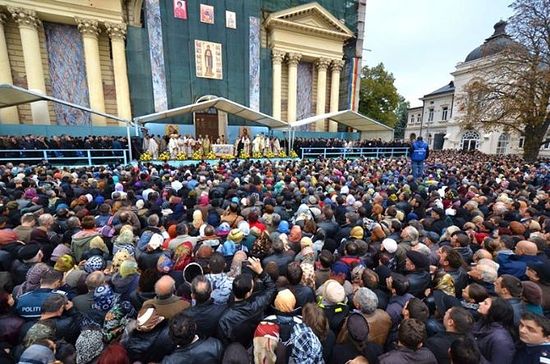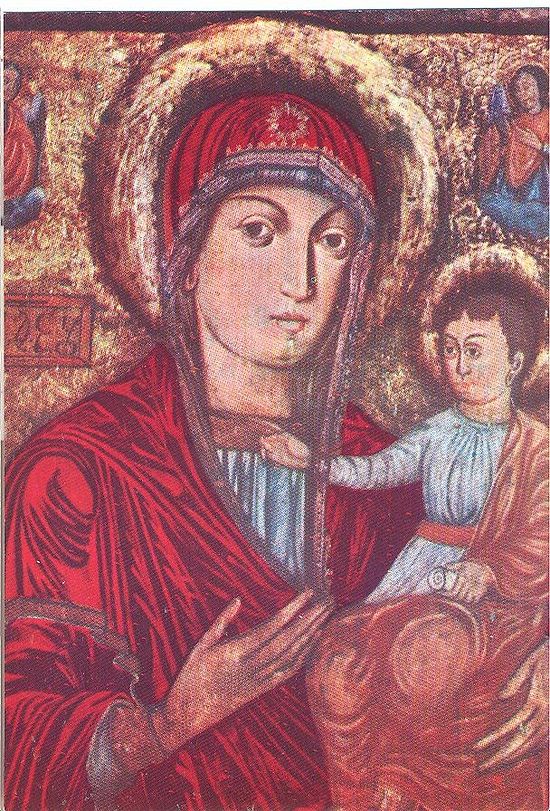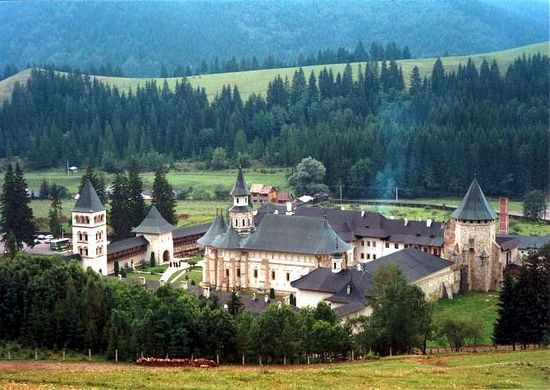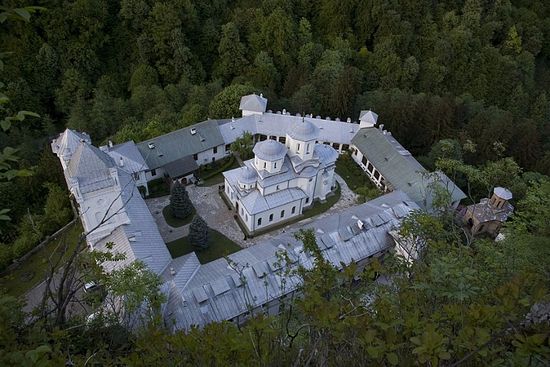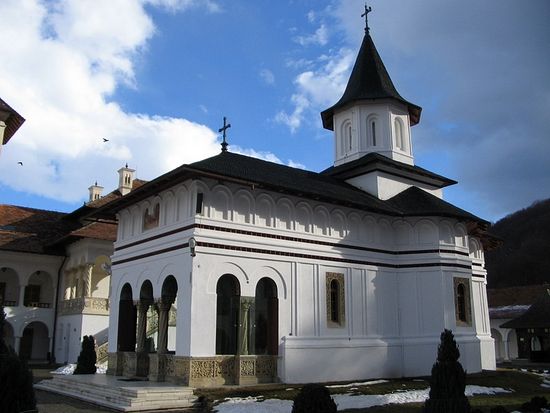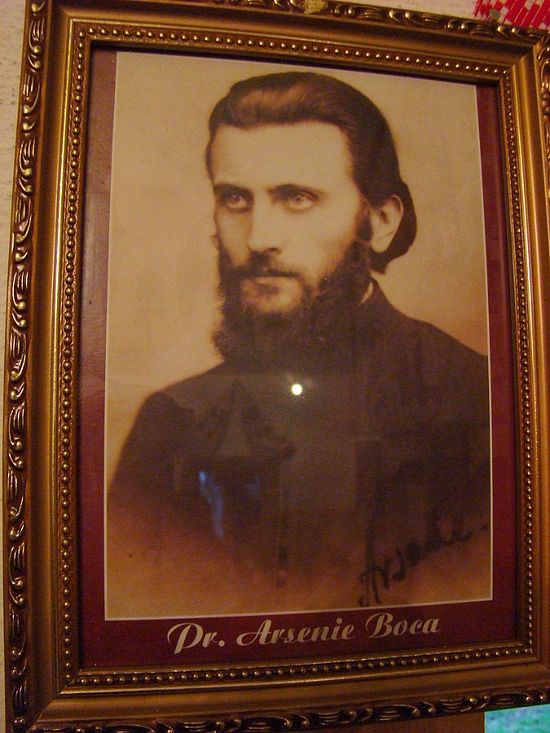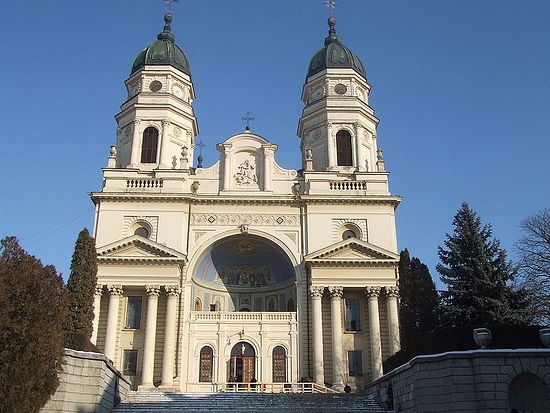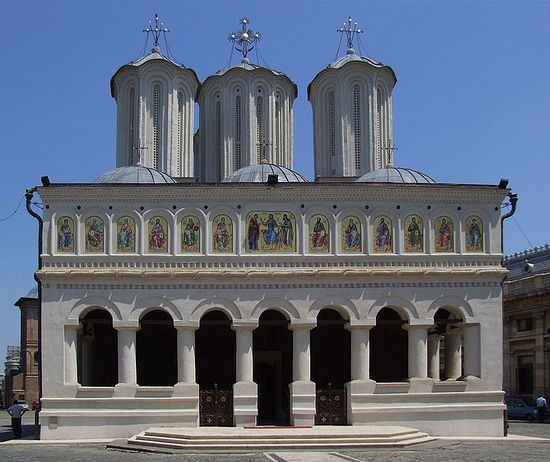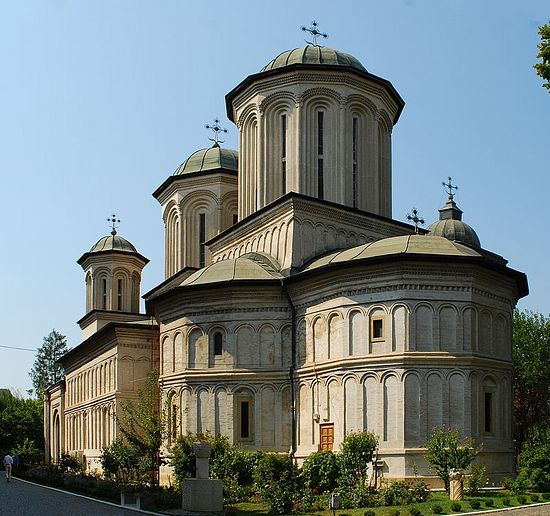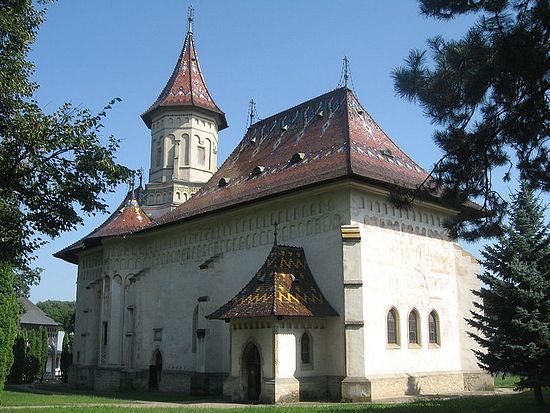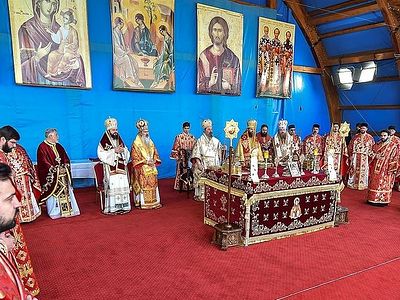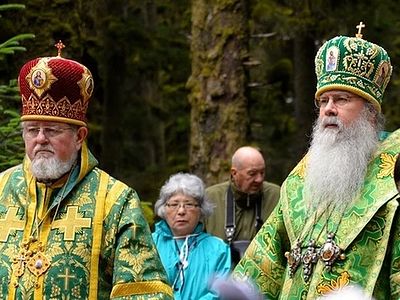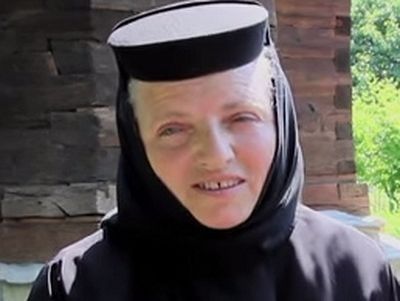Source: Romania-Insider.com
December 28, 2015
Romanians are known to be very religious people. A recent survey reveals that 96% of Romanians believed in God. The same study shows that, when it comes to the Church, 86% of respondents agree that this institution provides answers to people’s spiritual needs, 76% think that it provides answers to moral questions, and 72% think that it gives answers for family problems. This may be the reason why most Romanians go to church, attend religious services, and even travel hundreds of kilometers just to touch saints' relics.
Here’s a short list of some of the “holiest” places in Romania, where people usually go on pilgrimages, to pray and touch relics and miracle-working icons. The pilgrims usually travel to certain churches and monasteries around the days when saints are celebrated.
For example, Romanians celebrate St. Mary (the Assumption) on August 15, this being one of the most important religious celebrations in the country. On this day, thousands of people go on pilgrimage at several churches and monasteries across Romania.
Nicula Monastery, one of the oldest monastic establishments in the country, attracts large crowds of pilgrims every year. The monastery is well-known because of its miracle-working icon of the Virgin Mary. The icon, painted by the Romanian Priest Luca from Iclod in 1681, is said to have cried for 26 days in 1699. Thousands of pilgrims are attracted by this icon every year, as it is said that many people were healed of various diseases after praying to this icon. Some 30,000 pilgrims went to this monastery on St. Mary’s day this year. The monastery is located in Nicula, Cluj county.
Putna Monastery is a Romanian Orthodox monastery located in Suceava county that also attracts thousands of pilgrims every year on August 15. The monastery is dedicated to the Assumption so this day is the most important day of the year. This year, 10,000 people went to pray at this monastery on St. Mary’s Day. The Putna Monastery also houses the tomb of Stephen the Great, Prince of the principality of Moldavia between 1457 and 1504.The monastery is located in Putna, Suceva county.
Tismana Monastrey also organizes a large religious service on August 15, attracting thousands of pilgrims, as the monastery is also dedicated to the Assumption. The founder of the monastery is Saint Nicodim (1320-1406), who chose the place, the architecture, and the ornamentation. He is also celebrated every year around Christmas. The monastery is located in Tismana, Gorj county, some 30 km away from Targu Jiu.
Romanians also go to Sambata de Sus Monastery (Brancoveanu Monastery) on August 15, to pray together. This is another monastery in Romania that is dedicated to the Assumption. Religious Romanians who want to walk in the footsteps of Father Arsenie Boca also go at this monastery, as Arsenie Boca was an abbot there. He is believed to have done many miracles in his life, but also after his death.
Father Arsenie Boca is buried at Prislop Monastery in Hunedoara County. Thousands of people go here every day, with flowers and candles, to pray at his grave. Some say that they feel a certain state of peace when in this place, others state that they have been healed of diseases after praying at the grave. One thing is for sure: people see this place as one of the holiest places in Romania. Arsenie Boca was born in 1910 in Vita de Sus, Hunedoara county. He was a monk, theologian, and artist. After the installation of the communist regime in Romania, Boca was persecuted by the authorities and the Securitate, the regime’s secret police. He was arrested several times for allegedly helping the anti-communist resistance. Even though he was not canonized as a saint, many people call him “Ardeal’s Saint”.
The Metropolitan Cathedral (Catedrala Mitropolitana) in Iasi, northeastern Romania, is one of the country’s most important religious places. The church is dedicated to Saint Parascheva, to the Presentation of Jesus and to Saint George. Hundreds of thousands of people go to this cathedral each year, to pray at the relics of Saint Parascheva, especially on her feast day (October 14). Last year, some 250,000 people went to pray to Saint Parascheva’s relics, during the six days of the pilgrimage organized in mid-October. Saint Parascheva is considered the protector of Moldova and Bucovina and Christians believe in the miraculous powers of the relics. The saint’s relics were brought to Iasi in 1641, during the reign of the ruler Vasile Lupu.
The largest pilgrimage in Bucharest takes place around October 26, the feast day of Saint Dimitrie, the protector of Bucharest. Thousands of people gather every year on the Metropolitan Hill (Dealul Mitropoliei) in downtown Bucharest, to pray at Saint Dimitrie’s relics. Huge lines form there every year around October 26, people waiting for hours to touch and kiss the relics.
Radu Voda Monastery is another important religious place in Bucharest, where people go on pilgrimage. The monastery hosts the relics of Saint Nectarie, who is celebrated on November 9. Around this day, thousands of people come to the monastery to touch the relics and pray, as it is believed that this saint has done miracles and heals diseases.
Romanians also go to pray at the relics of Saint John the New, which can be found at the Saint John the New (Sf. Ioan cel Nou) Monastery in Suceava, northeastern Romania. This is a Romanian Orthodox monastery built between 1514 and 1522. It is dedicated to Saint George (celebrated on April 23) and Saint John the New (celebrated on June 24). It is famous for its roof, which is decorated with colored tiles.
The largest Roman Catholic pilgrimage in Romania takes place around Pentecost, when hundreds of thousands of pilgrims come to Sumuleu Ciuc, in Harghita county, to take part in the religious service and pray. According to media reports, some 300,000 Romanians, Hungarians, and Polish citizens were part of the pilgrimage this year.
